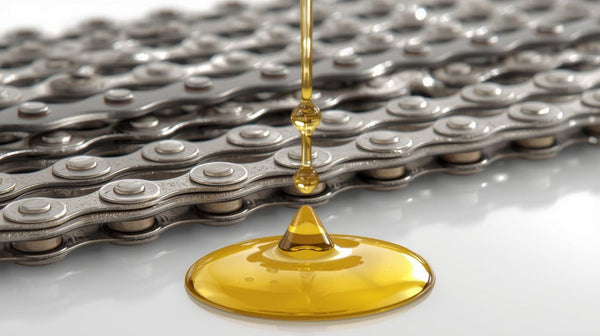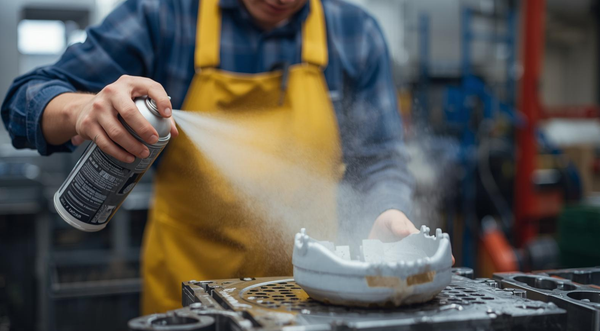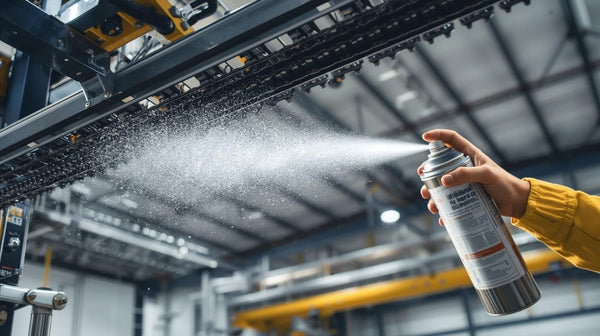 Most of us associate silicone with lubrication and sealing, but
Most of us associate silicone with lubrication and sealing, but
in fact, it is the name of a series of substances, which are organic compounds containing silicon atoms. Depending on the form in which we want to use it, it can be liquid oil (silicone grease in a spray or as a liquid in a bottle), resin (silicone sealant in a tube) or rubber (so-called dried silicone sealant).
As an oil, silicone has all the best properties of a lubricant. He doesn't react
with most substances, maintains lubricity in extreme temperature ranges, low friction and does not oxidize. These same features make it an excellent product for rubber working in a hostile environment. Silicone in many forms is used
in aircraft, prosthetic devices, body implants, as waterproofing paper
and ceramics, as a sealant, adhesive, heat-resistant insulator and as a lubricant, impregnator
and corrosion protection for surfaces in metal, wood, rubber and plastic.
The operating temperature range is -40°C to 200°C, it complies with VOC emission standards and some of its viscosities meet NSF H-1 standards and are used in food production.
These particular applications require silicone with different viscosities. Spray silicone typically has a viscosity of 5 to 15 cSt, and silicone used as a metal lubricant has a viscosity of 1000 cSt.
Because silicone oil is super slippery and minimally reactive, it can lubricate almost anything . It works especially well on porous items such as plastic parts, but is a good lubricant for locks, hinges and guns.
Since the silicone spray is waterproof, it can also protect items from moisture. It can be used on household, automotive and marine metals as a rust retardant
Silicone oil applied in the form of a spray allows you to place it
in places where liquid oils or lubricants cannot be applied, such as mechanisms (locks, clocks, etc.) or bearings, such as rollers of garage doors, pulleys, but it is much more effective to lubricate with oil applied, e.g. from a small bottle. When lubricating the chain, the use of a spray application is not recommended because the air or gas that is used to transport the silicone from the container can get to the chain pin in the form of an air bubble and its removal is impossible in a simple way. In addition, oils in aerosol containers are very low viscosity products
and usually in a 400 ml container, there is about 200 ml of silicone oil.
Despite the fact that lubrication with oil from a bottle is more troublesome, I recommend always using silicone lubrication with a dropper, a brush, a box of all surfaces whenever possible. In addition, the right selection of silicone viscosity for the application
Since silicone oil is slippery and durable, avoid using silicone spray under the following conditions:
- do not use silicone spray on electrical connections, switches, relays
and other electrical controls. - do not use silicone on surfaces you walk, sit or lie on
due to the risk of slipping. - do not use silicone on painted surfaces. The paint absorbs silicone and makes the preparation of the varnish even more onerous than usual (if possible)! Paint does not stick to silicone, so always minimize splashing when using silicone near painted areas (door hinges, locks, etc.).
- on any object you touch with, such as the exterior of a gun, a fishing rod, a doorknob, etc.















